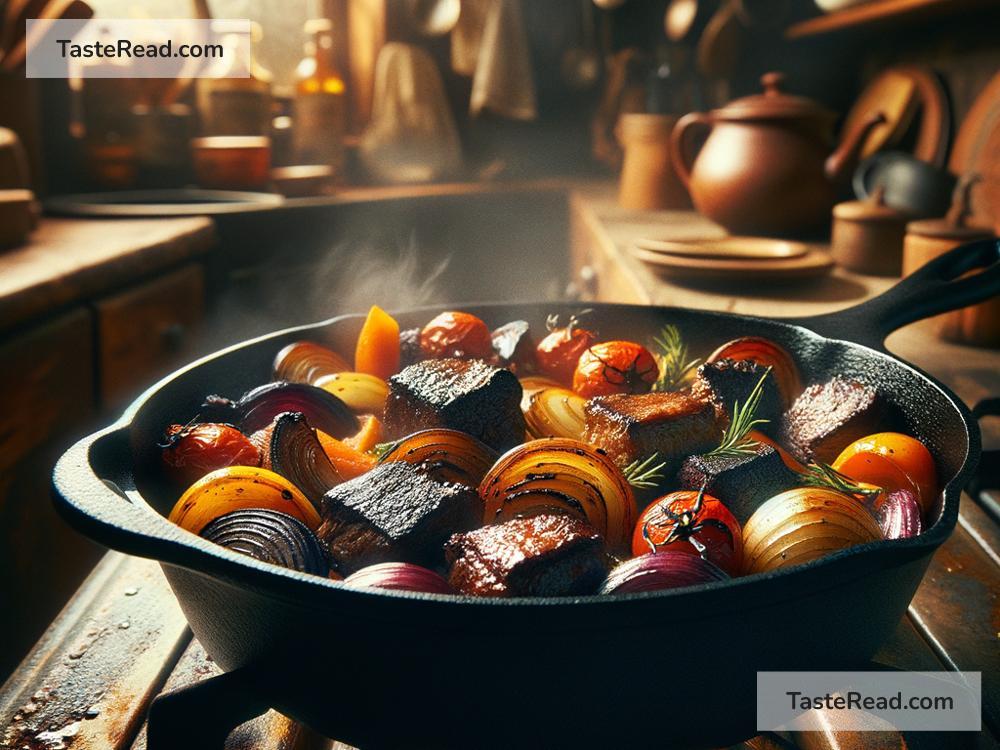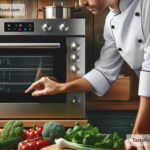The Science of Cooking with Heat: Techniques and Tips
Cooking is an incredible journey into the world of science, where everyday ingredients transform into delicious meals through the power of heat. Understanding the science behind these changes not only makes cooking more enjoyable but also helps you create better dishes. So, let’s dive into this fascinating topic and explore how heat works in the kitchen, techniques to master, and practical tips for better results.
What is Cooking with Heat?
Cooking with heat is all about using energy to change the physical and chemical properties of food. Heat not only makes food safe to eat by killing harmful bacteria, but it also enhances flavors, changes textures, and creates appealing looks like golden browning. The entire process is based on science, and once you understand the basics, you’ll feel more confident in the kitchen.
When food is exposed to heat, several processes happen:
-
Maillard Reaction: This is the chemical reaction that occurs when proteins and sugars in food combine under heat, creating rich, complex flavors and giving food its golden-brown color. Think of a seared steak or toasted bread.
-
Caramelization: This refers to the browning of sugars when heated. It’s what gives sweetness and depth to roasted vegetables, caramel sauce, and baked goods.
-
Denaturing Proteins: Heat changes the structure of proteins, turning raw meat into tender cooked meat, or eggs into solid, fluffy forms.
-
Boiling and Evaporation: Heat causes water molecules in food to vibrate rapidly, eventually turning into steam. This is fundamental for techniques like boiling, steaming, or roasting.
-
Gelatinization of Starch: Heat combined with water swells starch molecules, thickening sauces or creating fluffy bread.
Techniques for Cooking with Heat
Different cooking methods use the power of heat in unique ways. Let’s look at some common techniques:
1. Cooking with Dry Heat
Dry heat methods use air, metal, or oil as the medium for transferring heat. They are great for creating crispy exteriors and bold flavors.
-
Baking: Baking happens in an oven, where dry, hot air cooks food evenly. This is ideal for cakes, bread, and casseroles. A key tip is to preheat the oven before baking to ensure consistent results.
-
Broiling: Broiling uses intense heat from above, perfect for quick cooking or browning. Use this for melting cheese or cooking thin cuts of meat like steak.
-
Grilling: Grilling cooks food over an open flame, giving it a smoky, charred flavor. Keep the grill hot and clean for perfect results.
-
Roasting: Roasting is like baking but at a higher temperature. It works well for meat, root vegetables, and nuts, creating crispy outsides and tender insides.
-
Sautéing: Sautéing uses a small amount of oil in a hot pan to cook food quickly, preserving freshness and flavor.
-
Deep-Frying: Food is completely submerged in hot oil to create a golden, crispy texture. Make sure the oil is hot enough (between 350°F to 375°F or 175°C to 190°C) to avoid soggy food.
2. Cooking with Moist Heat
Moist heat methods rely on water, steam, or stock to cook food more gently. These methods are ideal for softer textures and infusing foods with moisture.
-
Boiling: Food is submerged in boiling water, often used for pasta, rice, or vegetables. Avoid over-boiling to retain nutrients.
-
Steaming: Steam gently cooks food without losing nutrients or flavor. This method is perfect for fish, dumplings, or vegetables.
-
Simmering: Simmering cooks food in a liquid just below boiling point (around 185°F to 205°F or 85°C to 96°C). It’s ideal for soups, stews, and sauces.
-
Braising: Braising combines moist and dry heat. Food is first seared in a pan, then cooked slowly in a broth to become tender and flavorful.
-
Poaching: Gentle heat cooks food in a liquid like water, milk, or stock. Poached eggs or fish are delicate but delicious.
Tips for Perfect Heat Control
Whether you’re a beginner or an expert, mastering the art of heat control can make all the difference in your cooking. Here are some useful tips:
-
Know Your Pan: Thicker pans distribute heat evenly; lightweight pans heat quickly but can cause uneven cooking.
-
Preheat Properly: Preheating an oven or pan ensures steady cooking from start to finish.
-
Use Thermometers: A food thermometer takes the guesswork out of cooking, whether you’re roasting meat or frying chicken.
-
Keep an Eye on Time: Each method comes with its own cooking times. Overcooking can dry out food, while undercooking might leave it unsafe to eat.
-
Experiment Safely: Don’t be afraid to try new techniques, but follow recipes to avoid burning or undercooking.
-
Let It Rest: After cooking, meats and baked goods often need a few minutes to “rest” so juices redistribute or textures stabilize.
Cooking – A Blend of Art and Science
Cooking with heat isn’t just about following recipes; it’s about understanding the science behind what happens to food. When you grasp concepts like the Maillard reaction, protein denaturing, or starch gelatinization, you can tweak methods to suit your taste.
Start experimenting with different techniques, and remember: practice makes perfect. Over time, you’ll master the art and science of cooking with heat, turning simple ingredients into spectacular dishes. Happy cooking!


